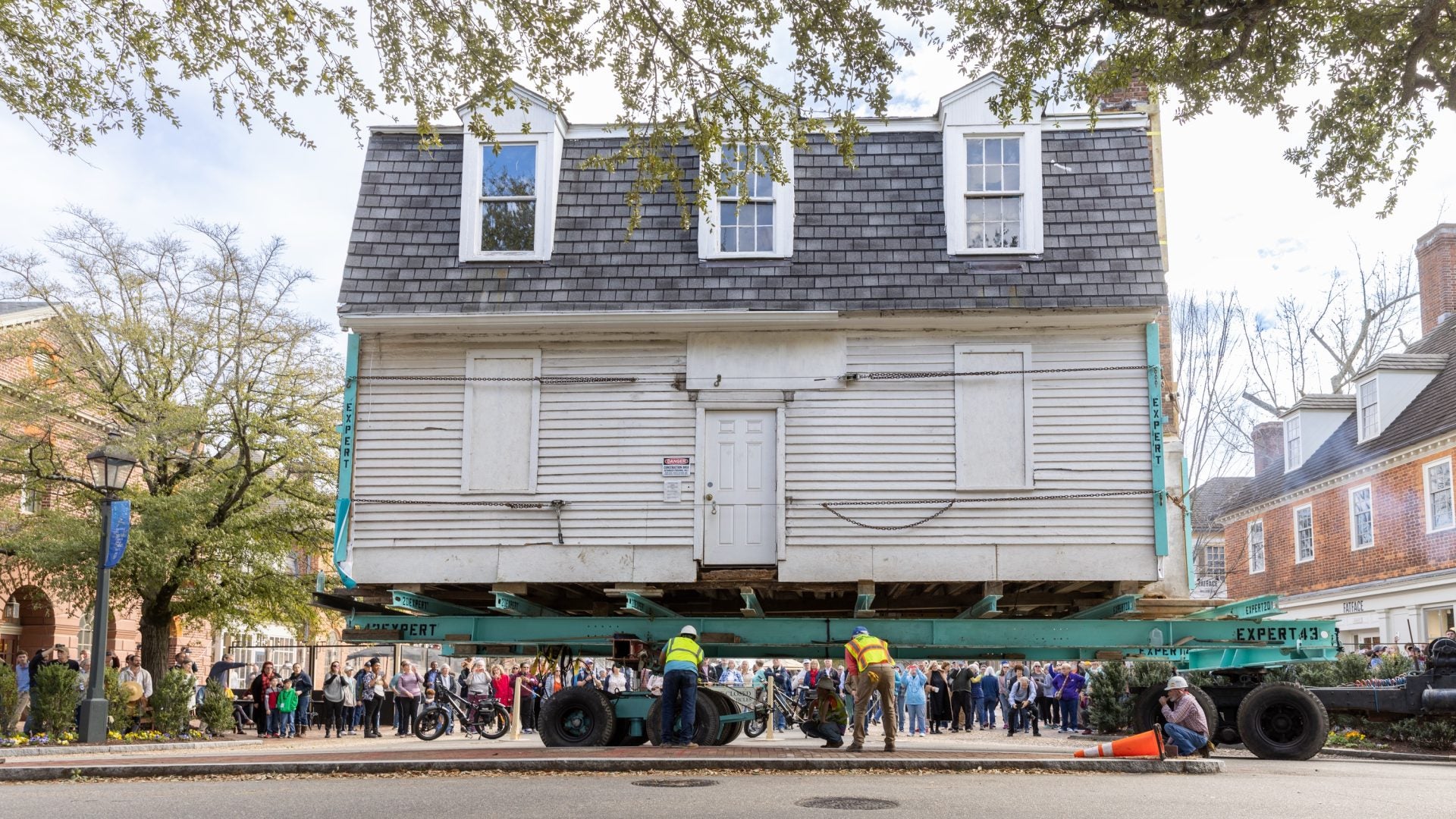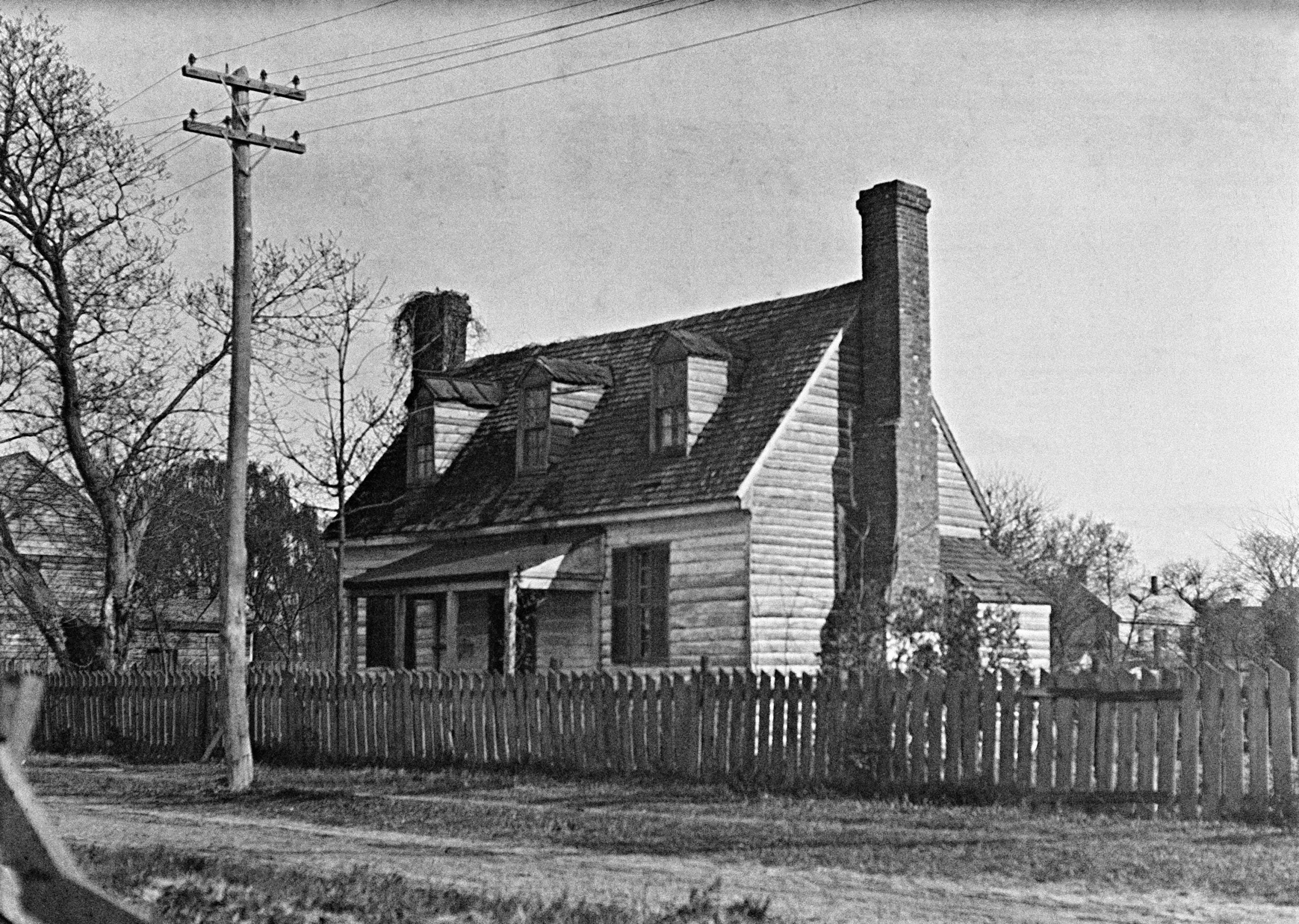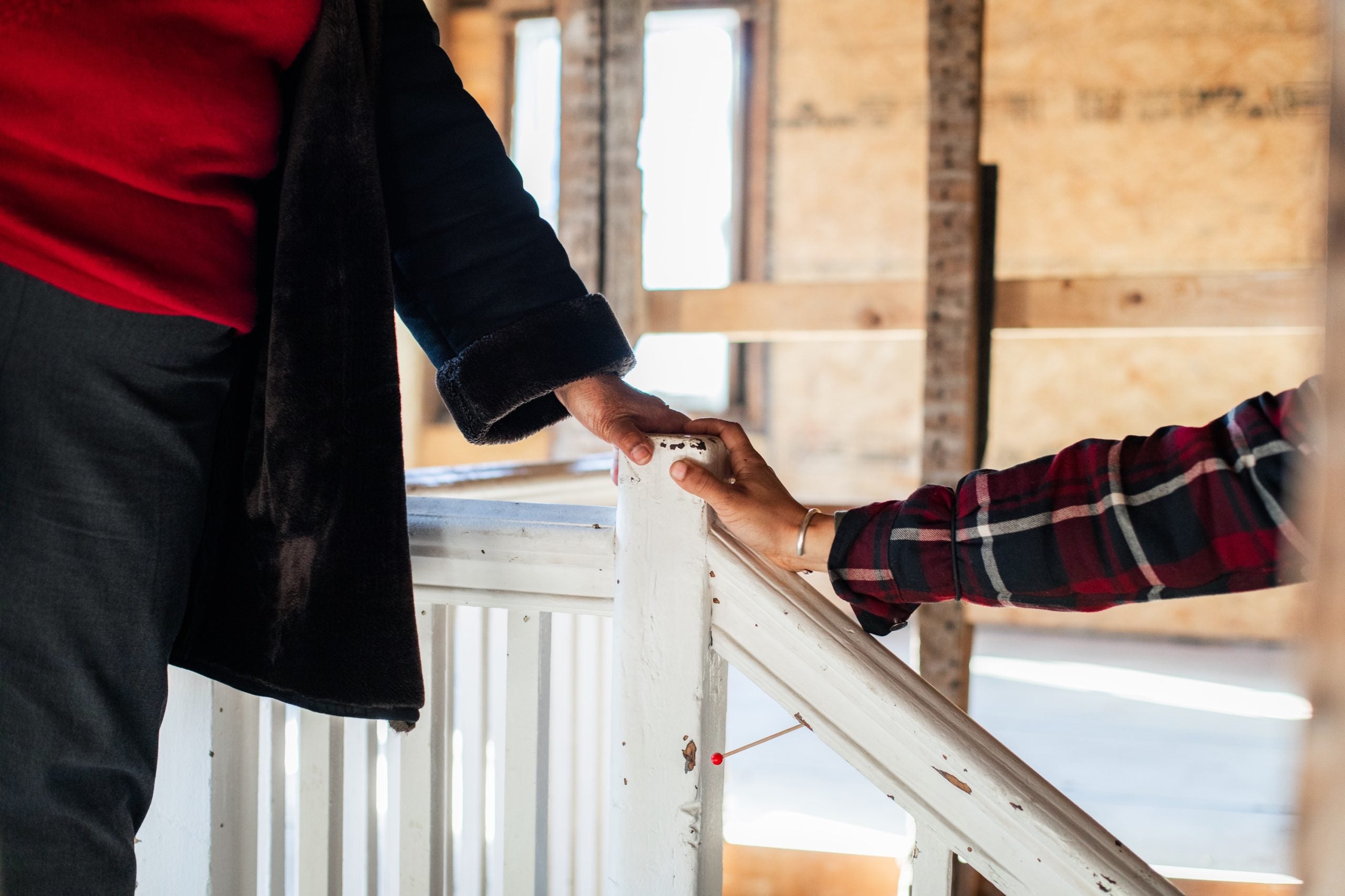
The oldest Black School in America will reopen to the public this year. It’s a symbolic year as it marks the 250th anniversary of when the Williamsburg’s Bray School closed. Now, it has a permanent home as the newest historic site in Colonial Williamsburg.
During the 1760s and 1770s, hundreds of free and enslaved Black children in Williamsburg, Virginia “attended the Bray School,” after it opened in 1760. Researchers currently “estimate around 300-400 students attended the Bray School during its 14 years of operation. So far, a total of six descendants have been identified including one who is working for the Bray School Lab as an oral historian.”
In 2020, researchers discovered that the original Bray School was housed on the campus of William & Mary and the restoration work began.
The 18th century building traversed from the W&M campus to Colonial Williamsburg’s Historic Area this February, and preparations are underway to reopen later this year in September.
“As a joint venture of William & Mary and the Colonial Williamsburg Foundation, the Williamsburg Bray School Initiative will use the Bray School as a focal point for research, scholarship and dialogue regarding the interconnected, often troubled, legacy of race, religion and education in Williamsburg and in America,” the W&M website reports.

Matt Webster, Executive Director of Architectural Preservation and Research, The Colonial Williamsburg Foundation, sat down with ESSENCE to discuss the building and importance of this initiative.
“What makes this building different from other historical buildings at Colonial Williamsburg? Every building is unique and represents the individuals that built, lived, worked, and in this case were educated there,” Webster told ESSENCE.
“The evidence of the environment that they lived in and learned in is present throughout the building. Even taking into consideration the varying perspective the occupants would have seen through the windows informs us about life in the past. Most of all, the Bray School building is a very rare survival. This building is the oldest known surviving structure where Black children were educated in the United States. It is not only rare and different for Williamsburg but for the nation as well,” continued Webster.
“Called a tenement in the period (a rental house), buildings of this type would have dominated the landscape in 18th-century Williamsburg,” Webster added. “Before the Bray School building was conclusively dated, we had only two other period tenements. Those two were heavily altered into gentry homes in the 18th and 19th centuries, so much so, that they did not resemble or retain significant amounts of information on the tenements of 18th-century Williamsburg.”
Webster was surprised about “how remarkably intact it [the building] is. It is absolutely amazing how much information the building has provided us. Even when pieces of the building were removed, most were reused in other areas of the building. To have so much surviving information, which allows us to restore the building to a high level of accuracy, is extremely rare.”







“My personal hope is that visitors use the information we provide about the past to understand how we got where we are today. That information helps chart an informed path to the future,” said Webster.

For Janice Canaday, this was extremely personal. The lifelong Williamsburg resident her ancestors have familial ties to the Bray School.
“When most people think of African Americans in 18th-century America, they usually think of slavery,” stated Canaday. “But the institution of slavery was something that was forced on my ancestors. It doesn’t say anything about who they were and what they valued. The history of the Bray School and the stories of the children who were students there is a window into their lives beyond slavery. It’s a window into their hearts and minds. It’s an opportunity to connect to their strength of resistance, resilience, endurance and their humanity.”





